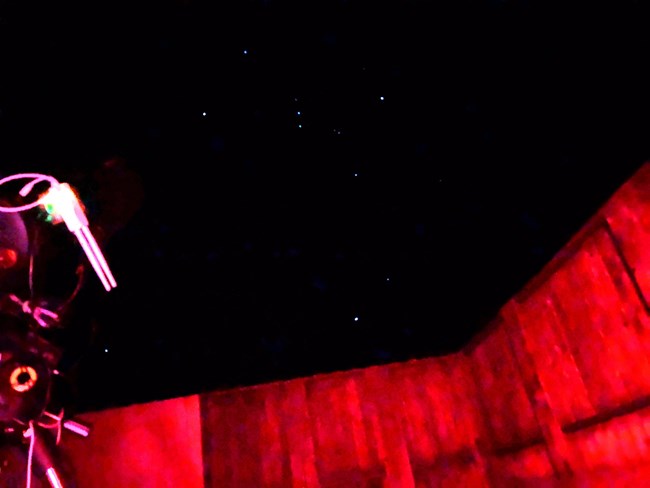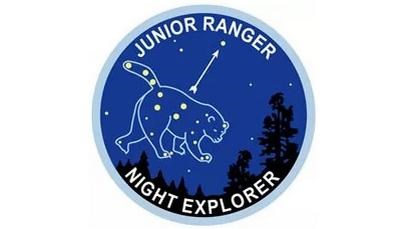
NPS Photo credit and permission by Terry Hartman 
NPS Photo credit and permission by Terry Hartman Where to Stargaze in the Park
The Night Sky Observatory is a great location for stargazing. The fence-looking structure on the north side of the Malaquite Visitor Center parking lot was designed to block most of the wind and provide a darker setting for looking up into the night sky and take photos. When driving into the parking lot, be mindful of where your headlights are shining. Park with your headlights facing the visitor center and turn them off after parking. 
NPS Photo credit and permission by Terry Hartman Tips for Stargazing in the Park

Protect the Night
Night views are critical park features protected by the National Park Service (NPS). Learn more about exploring the night sky. 
Junior Ranger Night Explorer
The NPS has a Junior Ranger Night Explorer program, encouraging young visitors to explore the starry side of their national parks. Use NASA's Spot the Station app to receive notifications when the International Space Station is visible. |
Last updated: June 20, 2025
